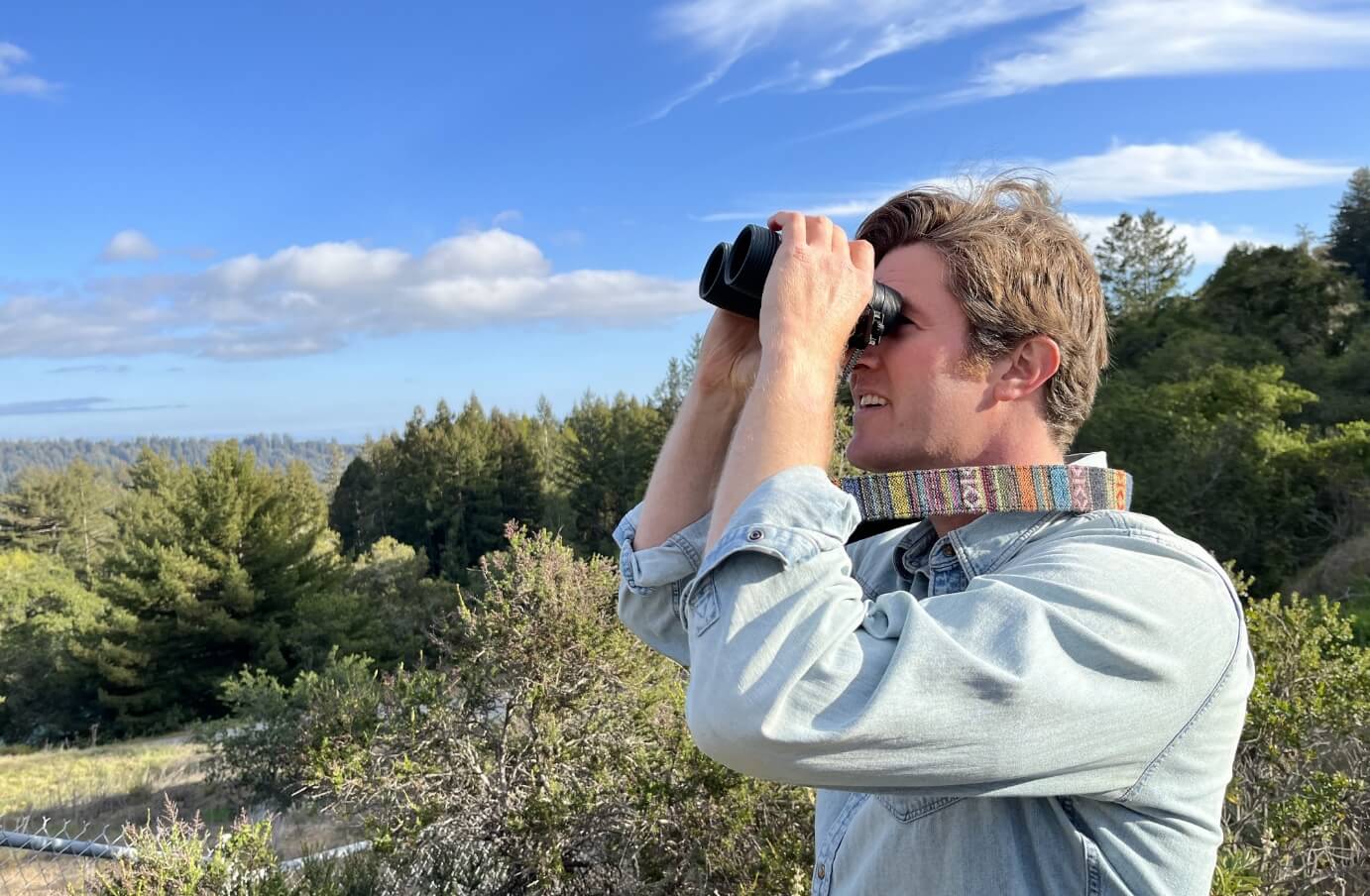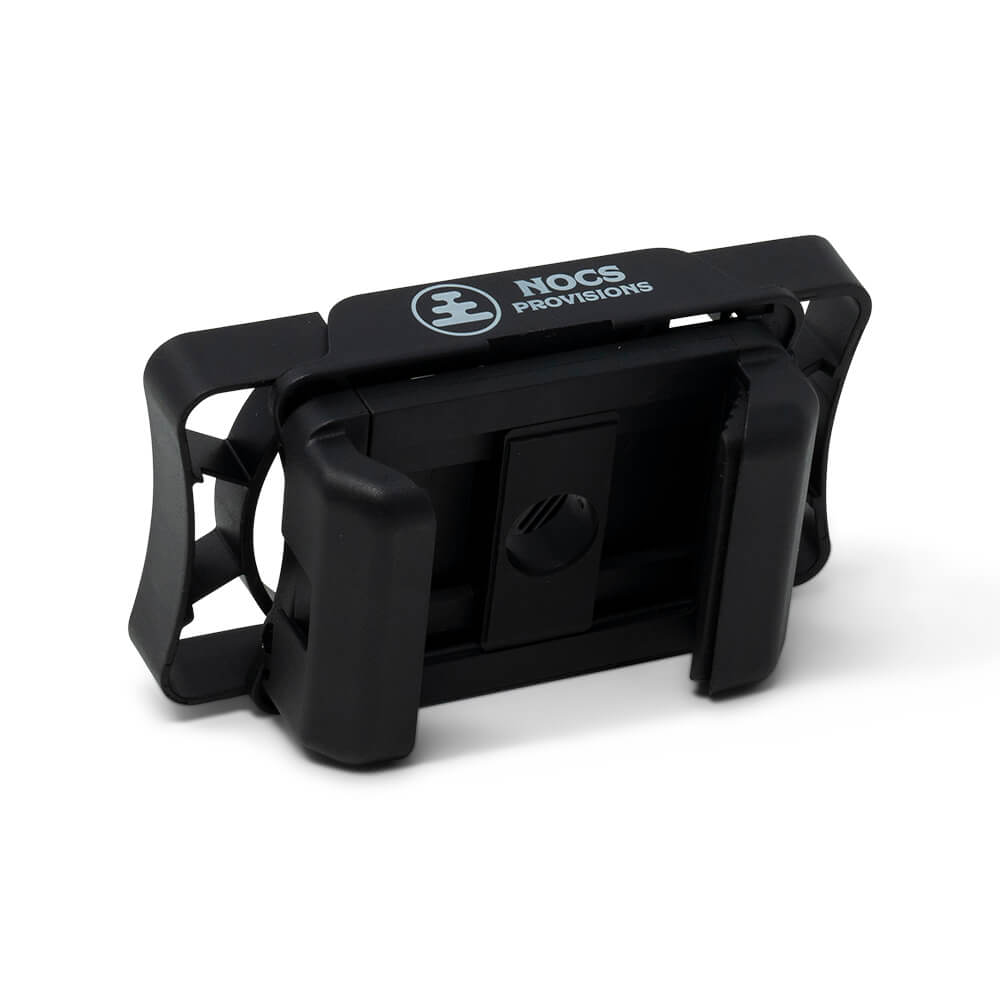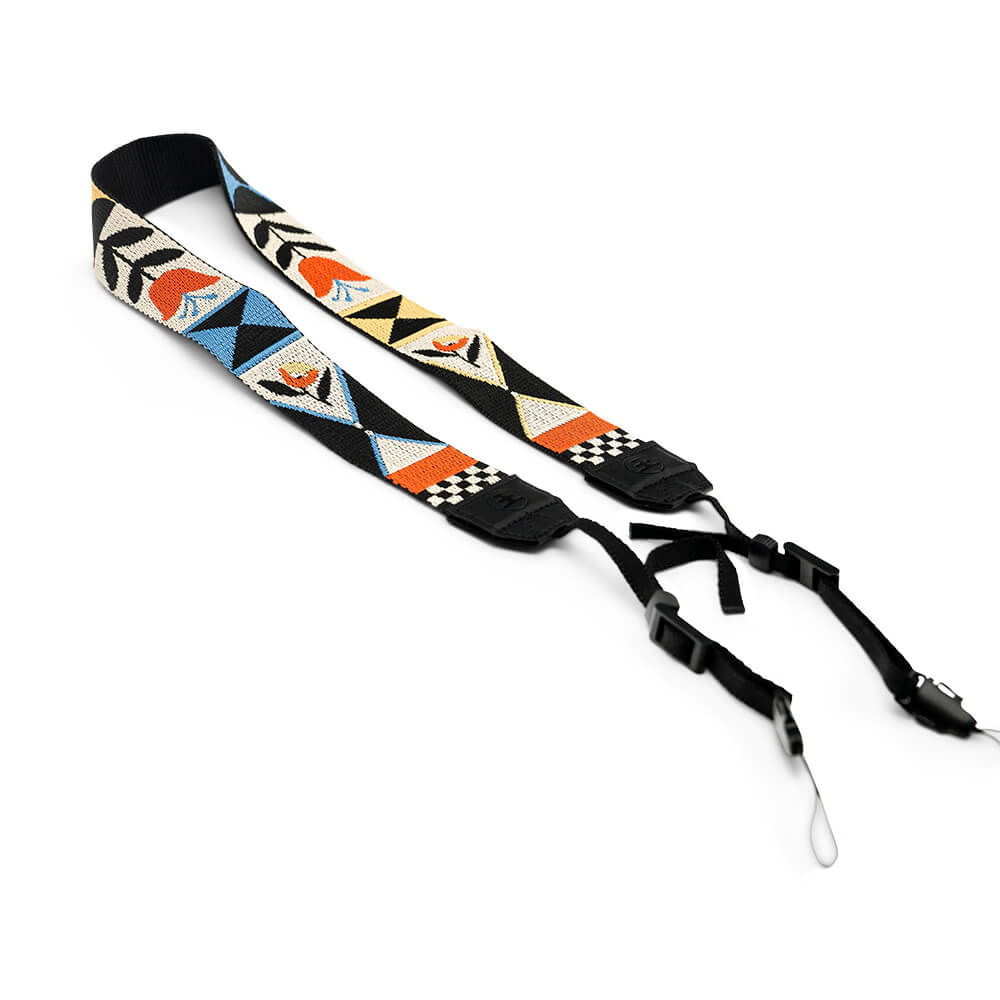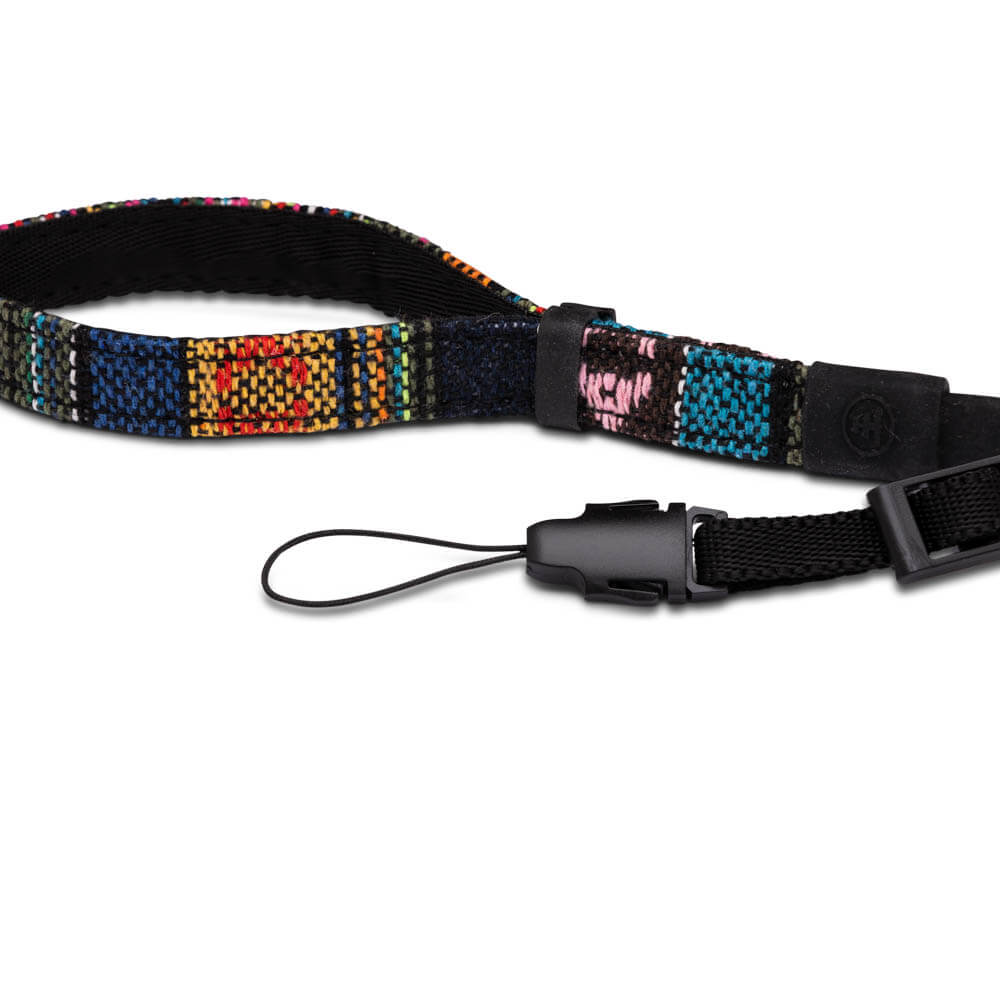My name is Kevin Condon, and I am the director of The Bird School Project, which is an outdoor education program that operates in the Monterey Bay region of California. We provide schoolyard birding programs for roughly 10,000 students annually, mostly in middle school and high school.
The majority of these programs are provided to schools in which students have
far fewer opportunities to experience field trips and outdoor activities. We
also seek to provide the majority of our programs to youth whose identities
are far less represented in outdoor leisure activities.
Our organization also has paid field internships outside of school hours for
smaller groups of high school students to spend time in nature. Another big
service we provide is working with teachers to help them spend more time in
nature as well as develop a practice of bringing their students outside for
science class.

My family is from Chicago, IL, but we moved out to San Diego when I was in
second grade. I went to college at UC Santa Cruz, which is where I went on my
first backpacking trip as a part of an orientation program for incoming
students. That changed my life forever.
After college, I spent time working as a raft guide and a seasonal field
biologist before my close friend, Darrow Feldstein, and I founded The Bird
School Project as a way to help people experience parts of the world we felt
we were able to see through birding. The Bird School Project is now a
nonprofit organization and has been around for just over seven years!
Can you tell us a bit about your passions beyond “work”?
I am definitely passionate about adventure and outdoor sports. I love surfing,
swimming, whitewater kayaking, running, all those kinds of things. Birding has
definitely been something that has helped me slow down and take a closer look
at things in nature that I might ordinarily zoom past.
It has been really amazing to find a balance between moving fast and slow
outside. Now, I often find myself combining the two. When I’m sitting out
waiting to catch a wave, I can watch Snowy Egrets balancing on the kelp beds
or try and get really close to a grebe to figure out which species it is.

Do you find that these passions blend, merge, or complement your work?
Definitely. At the heart of it, Bird School Project is all about generating a
spark and cultivating pathways for youth to discover a much deeper, much more
diverse world than they ever thought existed. Through my passions, I got into
birding. Through birding, I’ve gotten into photography, gardening, and trying
to learn about insects.
To me, it doesn’t ultimately matter what people end up getting excited about
in nature, just that they have an opportunity to explore that depth and
diversity in nature. This is the type of thing that shifts perspectives and
generates a lot of joy and hope in this world.

What are your materials, and how do you think about them?
My most important tool is a journal and pencil. Unlined, blank pages. Many
Bird School Project lessons are designed around some sort of nature journaling
activity. I think it’s one of the most powerful tools to ever exist.
Keeping a journal is our opportunity as humans to see our inner workings. We
can see how we think about things and actually have one on one time with our
own thoughts in a healthy way.
Sometimes I get carried away with work and life, and I’ll be teaching a group
of students, walking them through a journal activity, and I’ll realize, “I
need to actually do this journal activity.” Then I spend some time with my own
journal and work out all kinds of things.

Sometimes my journal entries are a total mess. Unrecognizable drawings and
half-written sentences. It doesn’t matter; it’s just like stretching or
warming up before the activity begins. If you want to have clear, focused
thoughts, sometimes you just gotta get the other stuff out and put it
somewhere so you can move on.
I use a journal when I spend time in nature to learn more deeply about the
things I’m observing. It’s led me to some really amazing conversations,
“spinning the wheel” about the world around me and how it works.

Do you have any “heroes’ to speak of? How are you inspired?
I’m constantly inspired by my partner, my friends, and family. I always feel
like I am surrounded by really astounding, special people.
It is not uncommon for me to bring myself to laughter or tears thinking of a
memory of one of my friends or family members. I definitely idolize each one
of my friends and family members in various ways, and those are the things
that really make me who I am. I basically feel like I’m just a person who is
built out of little pieces of everyone around me.
A key ingredient to building a sustainable future?
An international “no screen-time” holiday. Everyone just takes the day off from using any digital technology.

A book that shaped your life?
The Jepson Manual: Vascular Plants of California - it’s a dichotomous key to the California floristic province…kinda nerdy but…impactful. Plus, my spine is probably forever “shaped” from carrying this thing around on hikes for years.
Favorite artist currently?
I listen to a lot of music and love a lot of different artists, but Kendrick Lamar is the G.O.A.T.
Most sublime moment in nature?
There are very few things that beat a dawn chorus. I’m talking about waking up at the very first bird sound in the heart of springtime and just laying in a sleeping bag listening for the next hour as the first light comes across a landscape. That is the most sublime to me!

What have been your biggest challenges?
It doesn’t feel quite right to compare challenges, but I often feel like
compared to most, I live an incredibly privileged life for which I’m very
grateful. In that respect, I think my greatest challenges often amount to
figuring out how to use the privilege I have to help lift others up and not
take my life for granted.
Pretty often, I have the privilege of choosing whether or not I want to be in
uncomfortable, challenging situations. The real challenge for me is to not shy
away from suffering and to continue to grow and learn about being there for
others and myself when suffering is the path forward.
What do you do when you get out and away from the office/lab/kitchen?
To me, it’s all about interaction. Having some sort of back and forth with
something other than myself. This could be a wave, a body of water somewhere,
a trail system, a bird, a flower, other people. It’s all good.
These days, I might not have as much time as I like to really immerse myself
in nature during the week, but thankfully, access to nature in the Monterey
Bay region is incredible, and I try to make a point of celebrating even
abbreviated moments outside, interacting with nature and friends.

What other brands do you love?
I love coffee, and I love birds, so I’m going to shout out Alta Organic
Coffee. They are a local Santa Cruz coffee roaster, and Bird School Project
will occasionally have them provide a coffee tasting at some of our community
events.
The owner is a birder and world traveler, and they are really good about
sourcing coffee beans from small farms that are using sustainable growing
practices and not contributing to the deforestation of the rainforest.
In this way, the coffee is “bird-friendly” and grown in a way that keeps the
habitat intact for wintering populations of birds. I love drinking their
coffee for that reason and because it tastes incredible. You can always go by
their shop on the westside and get a shot of espresso straight out of the
roaster.
What keeps you going?
Community. I love being part of a community, building communities, and adding as much as I can to my community. People are amazing.



